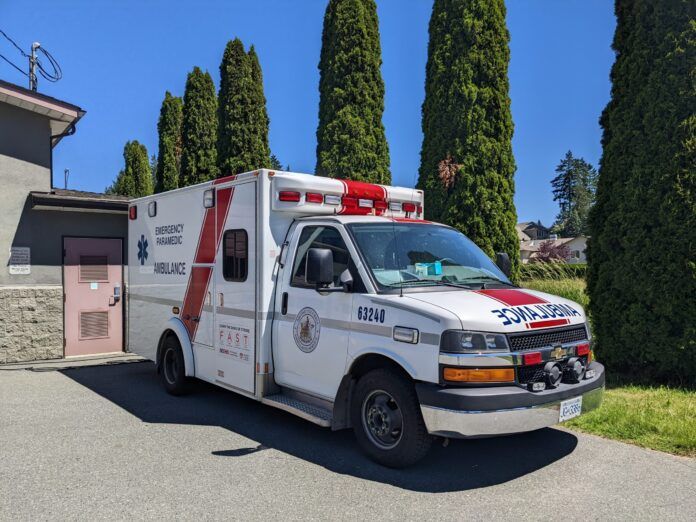As more vehicles are back on the roads, BC EHS is reminding you to stay aware of your surroundings and know what to do when emergency vehicles are on the road.
According to the emergency health service, motorists not getting out of the way of a vehicle responding to an emergency happens all too often. They add this is mostly because of drivers entering a panic state whenever they hear or see a vehicle with lights and sirens on the road.
“Our ambulances are on the road 24/7 and it just happens too frequently, all the time. It almost doesn’t stop,” said paramedic public information officer Jasprit Khandal. “The most important thing we want to remind people is try not to panic.
“Stay calm, use your signal and then safely pull over to the right side.”
Khandal adds that they sometimes travel in groups, and there may be other emergency vehicles coming behind them.
She says you should always pull over if you see any of the emergency vehicles coming in front or behind you. However, at the edges of intersections it is not something that should be done, as they do not want to see you in a precarious scenario.
“If an ambulance is approaching on a two-way road, there’s a barrier, and two vehicles are stopped in front of them at a red light, we shut our sirens down and wait behind until the light changes to green,” said Khandal.
“If it’s an undivided road, [the ambulance] would just go into the oncoming lanes and make their way around the vehicles that are stopped at the red light.”
Khandal adds if you see an emergency vehicle pulled over with lights and sirens on a highway, you are required to slow down and change lanes to the outermost lane. ICBC says you are required to slow down to 70 km/h or roads with speed limits 80 km/h or above, and at least 40 km/h for speed limits below 80 km/h.
She adds that these rules are also required for cyclists, pedestrians and other road users and emergency vehicles responding have the right of way.




